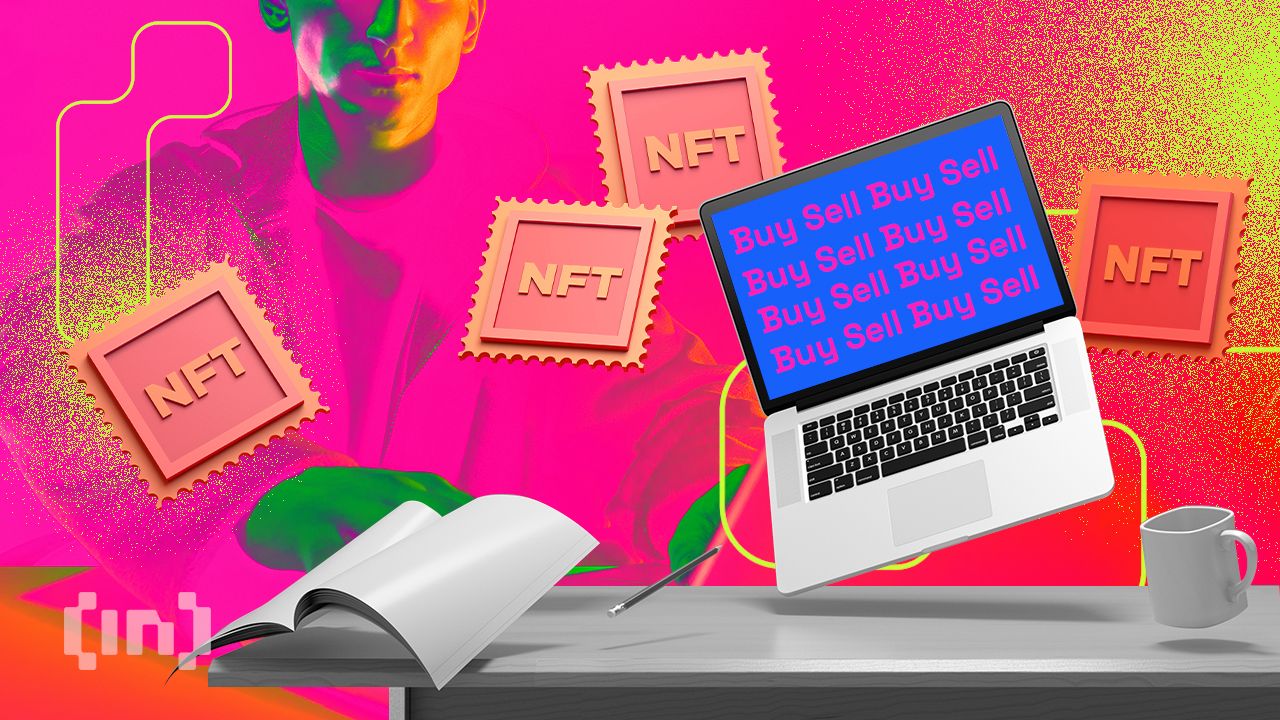INTA publishes white papers on NFTs and the metaverse

Influential brand association produces reports to help brand practitioners keep pace in fast-moving technology field
The International Trademark Association (INTA) has published two white papers on metaverse and non-fungible tokens (NFTS), calling for the harmonization of the classification of trademarks in these new digital ecosystems.
As the number of national registration authorities report an increase in the number of trademark applications containing virtual reality-related terms, the Trademarks in the Metaverse and Non-Fungible Tokens white papers are timely.
They include specific recommendations to help brand practitioners keep up with these rapidly changing times. The metaverse white paper notes that the current approach of the USPTO and EUIPO in establishing classes 9, 35, 41 and 42 as the main Nice classes to protect virtual goods/services should be taken into account when creating filing strategies.
However, some stakeholders appear to be in favor of establishing a new Nice Class 46 for digital goods and services, while others have argued for virtual goods to be registered under the same classes as their non-virtual or physical good counterparts. The report notes: “These possible solutions, among others, should be studied by INTA committees to identify and establish the appropriate approach so that INTA can intervene on behalf of brand owners.”
The NFT report also recommends that INTA develop model legislation that can be adopted by countries to amend or adapt their existing frameworks to facilitate the commercialization of rights through NFTs.
It continues that in collaboration with the World Intellectual Property Office (WIPO), a global trademark dispute resolution policy, similar to the URS used for domain name disputes, should be adopted for the emerging digital ecosystems of NFTs and the metaverse.
INTA CEO Etienne Sanz de Acedo said: “As a thought leader in the global IP community, it is INTA’s duty to develop resources such as these white papers. We are uniquely positioned to understand, speak to and guide the conversation on issues that have gone far ahead all the legal world has taken up.”
Both reports call for guidance for courts and tribunals with an emphasis on their ability to exercise flexibility in determining enforcement in the metaverse.
They recommend developing educational materials regarding the ownership, licensing and assignment of trademarks across both physical and metaverse platforms and a recognition that NFTs and other intangible assets no longer fit into existing legal doctrines. particularly regarding fair use, artistic freedom and the first sale doctrine, and a call to develop new legal frameworks to keep pace with these rapidly evolving platforms and new digital ecosystems.
Both papers were co-authored by more than 13 INTA committees, and the trademark association says they are among the first to examine these new technologies.
Earlier in April, the UK Intellectual Property Office (UK IPO) updated its trademark application guidance in respect of NFTs, virtual goods and the metaverse.
This comes as new analysis shows that the number of applications has increased fivefold in recent years, with around 2.5% of UK IPO trademark applications now including a virtual reality-related term.
The UK IPO’s head of trade mark and design research, legal and practice, Oliver Morris, said: “The process of applying for any trade mark should always be as simple, efficient and user-friendly as possible. To help provide greater clarity for trademark applicants who wish to submit an application specifying these terms, we have updated our published guidance to help customers choose the correct terms and classification when applying to register a trademark.”
Sign up to receive GLP’s newsletter: IP News Roundup

























